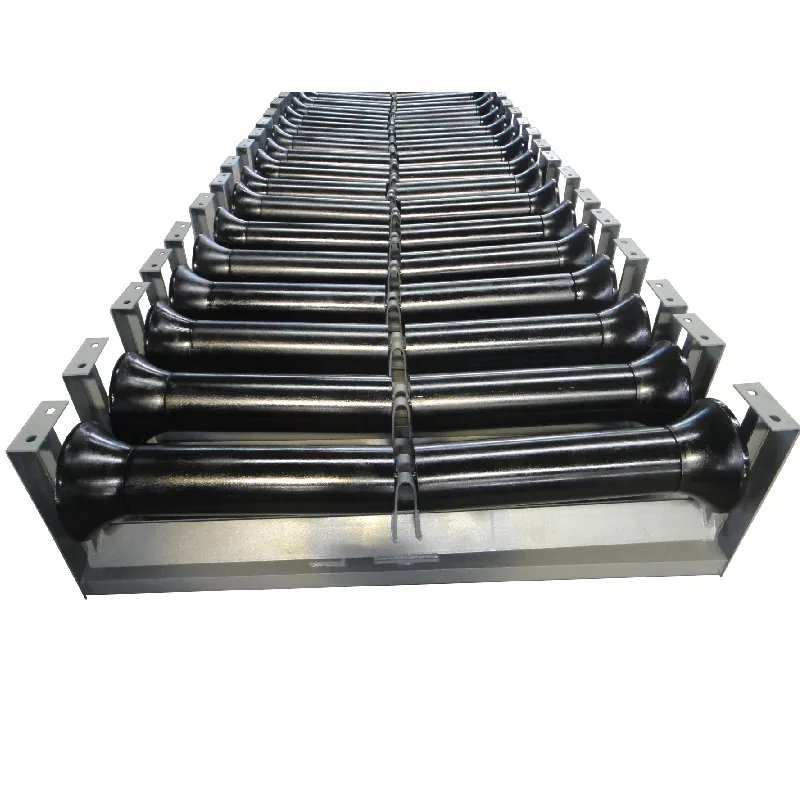 Afrikaans
Afrikaans  Albanian
Albanian  Amharic
Amharic  Arabic
Arabic  Armenian
Armenian  Azerbaijani
Azerbaijani  Basque
Basque  Belarusian
Belarusian  Bengali
Bengali  Bosnian
Bosnian  Bulgarian
Bulgarian  Catalan
Catalan  Cebuano
Cebuano  Corsican
Corsican  Croatian
Croatian  Czech
Czech  Danish
Danish  Dutch
Dutch  English
English  Esperanto
Esperanto  Estonian
Estonian  Finnish
Finnish  French
French  Frisian
Frisian  Galician
Galician  Georgian
Georgian  German
German  Greek
Greek  Gujarati
Gujarati  Haitian Creole
Haitian Creole  hausa
hausa  hawaiian
hawaiian  Hebrew
Hebrew  Hindi
Hindi  Miao
Miao  Hungarian
Hungarian  Icelandic
Icelandic  igbo
igbo  Indonesian
Indonesian  irish
irish  Italian
Italian  Japanese
Japanese  Javanese
Javanese  Kannada
Kannada  kazakh
kazakh  Khmer
Khmer  Rwandese
Rwandese  Korean
Korean  Kurdish
Kurdish  Kyrgyz
Kyrgyz  Lao
Lao  Latin
Latin  Latvian
Latvian  Lithuanian
Lithuanian  Luxembourgish
Luxembourgish  Macedonian
Macedonian  Malgashi
Malgashi  Malay
Malay  Malayalam
Malayalam  Maltese
Maltese  Maori
Maori  Marathi
Marathi  Mongolian
Mongolian  Myanmar
Myanmar  Nepali
Nepali  Norwegian
Norwegian  Norwegian
Norwegian  Occitan
Occitan  Pashto
Pashto  Persian
Persian  Polish
Polish  Portuguese
Portuguese  Punjabi
Punjabi  Romanian
Romanian  Russian
Russian  Samoan
Samoan  Scottish Gaelic
Scottish Gaelic  Serbian
Serbian  Sesotho
Sesotho  Shona
Shona  Sindhi
Sindhi  Sinhala
Sinhala  Slovak
Slovak  Slovenian
Slovenian  Somali
Somali  Spanish
Spanish  Sundanese
Sundanese  Swahili
Swahili  Swedish
Swedish  Tagalog
Tagalog  Tajik
Tajik  Tamil
Tamil  Tatar
Tatar  Telugu
Telugu  Thai
Thai  Turkish
Turkish  Turkmen
Turkmen  Ukrainian
Ukrainian  Urdu
Urdu  Uighur
Uighur  Uzbek
Uzbek  Vietnamese
Vietnamese  Welsh
Welsh  Bantu
Bantu  Yiddish
Yiddish  Yoruba
Yoruba  Zulu
Zulu Understanding the Function and Importance of Accessory Drive Belt Tensioner Pulleys in Vehicles
Understanding the Accessory Drive Belt Tensioner Pulley
The accessory drive belt tensioner pulley is a crucial component in modern automotive engines, serving a pivotal role in ensuring the efficient operation of various engine accessories. These accessories include the alternator, power steering pump, water pump, and air conditioning compressor, all of which are vital for the vehicle's performance and comfort. The tensioner pulley helps to maintain the correct tension in the serpentine belt, which is responsible for driving these accessories.
What is an Accessory Drive Belt Tensioner Pulley?
The accessory drive belt tensioner is a spring-loaded device that maintains the tension on the serpentine belt. The tensioner pulley specifically is the wheel that rotates with the tensioner. This pulley is often made of durable materials such as plastic or metal and is designed to withstand significant wear and tear over time. Its primary function is to keep the belt tight enough to prevent slippage while also compensating for any stretching or wear that occurs as the belt ages.
Importance of Proper Tension
Maintaining proper belt tension is essential for the longevity and performance of the vehicle. If the tension is too loose, the belt may slip, leading to insufficient power being delivered to the accessories. This can result in issues such as a failing alternator that won't charge the battery or a water pump that fails to circulate coolant effectively, risking overheating. Conversely, if the tension is too tight, it can lead to excessive wear on the belt and bearings, ultimately shortening the lifespan of both the belt and the components being driven.
Signs of a Failing Tensioner Pulley
Recognizing the signs of a failing accessory drive belt tensioner pulley is critical for vehicle maintenance
. Common symptoms includeaccessory drive belt tensioner pulley

1. Belt Slippage If you notice the belt slipping or making a screeching noise, it may indicate that the tensioner is not applying adequate pressure to keep the belt tight. 2. Visible Wear and Tear Inspect the tensioner pulley for signs of cracking, fraying belts, or any unusual play. If the pulley itself appears worn or damaged, it should be replaced promptly.
3. Unusual Noises A failing tensioner pulley may produce clicking, rattling, or grinding noises, often indicating that the pulley bearings are worn or that the pulley is misaligned.
4. Dashboard Warning Lights Some modern vehicles have sensors that alert the driver to issues with the engine accessories. Illumination of warning lights on the dashboard can often correlate with tensioner or belt issues.
Maintenance and Replacement
Regular maintenance checks can help catch issues with the tensioner pulley before they turn into more significant problems. Inspecting the serpentine belt for signs of wear and regularly checking the tension of the belt can extend the life of both the belt and the tensioner.
If you suspect that the tensioner pulley is failing, it is advisable to consult a qualified mechanic. Replacing the tensioner pulley typically involves removing the old pulley, installing a new one, and adjusting the tension as required. This process can often be performed alongside serpentine belt replacement to ensure optimal performance.
Conclusion
In conclusion, the accessory drive belt tensioner pulley is a vital component that plays an essential role in the operation of a vehicle's engine accessories. Ensuring that the tensioner is functioning correctly not only maintains the effectiveness of the engine’s accessories but also enhances overall vehicle performance and reliability. Regular maintenance and prompt attention to any signs of wear can help you avoid more costly repairs down the line, ensuring a smooth and safe driving experience.
-
Revolutionizing Conveyor Reliability with Advanced Rubber Lagging PulleysNewsJul.22,2025
-
Powering Precision and Durability with Expert Manufacturers of Conveyor ComponentsNewsJul.22,2025
-
Optimizing Conveyor Systems with Advanced Conveyor AccessoriesNewsJul.22,2025
-
Maximize Conveyor Efficiency with Quality Conveyor Idler PulleysNewsJul.22,2025
-
Future-Proof Your Conveyor System with High-Performance Polyurethane RollerNewsJul.22,2025
-
Driving Efficiency Forward with Quality Idlers and RollersNewsJul.22,2025





























